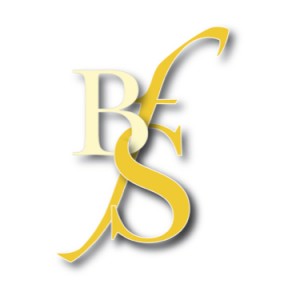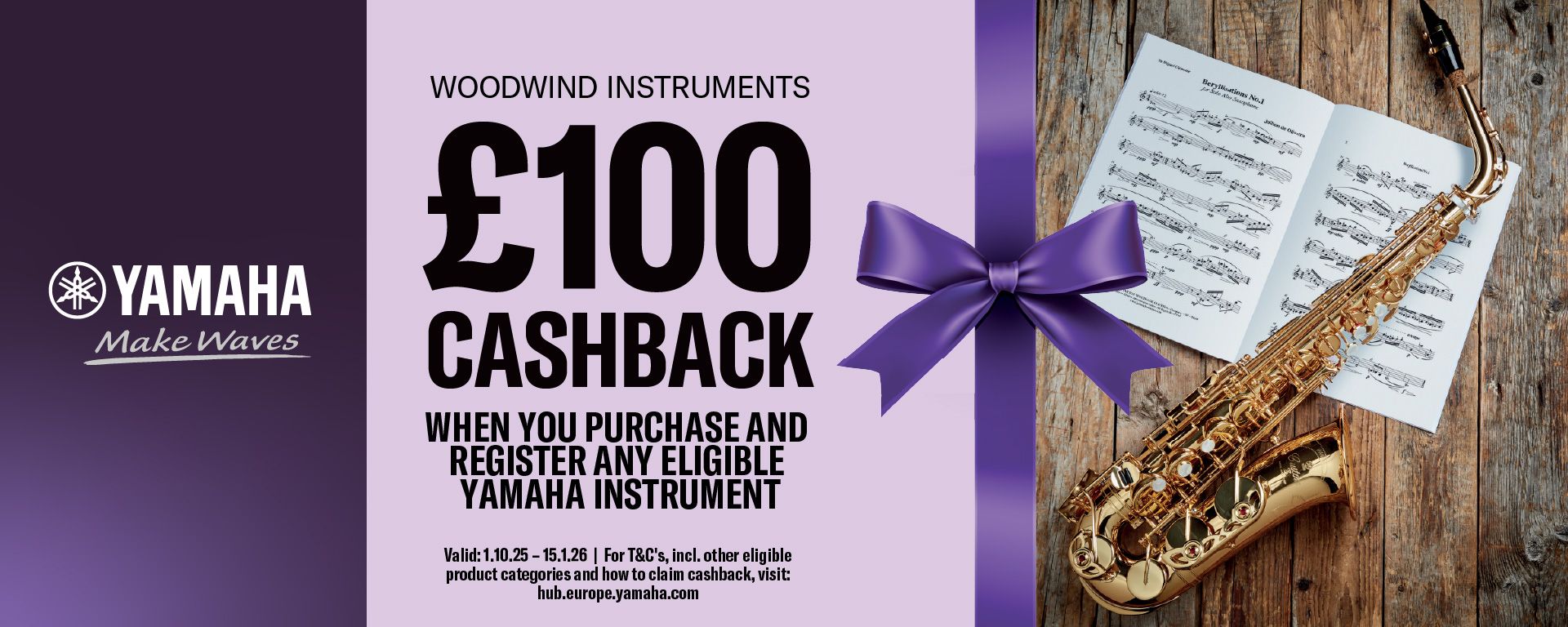The Flute Gym

Pan - Journal of the British Flute Society
This new book on the fundamentals of flute playing, written by Stephen Clark, is an essential item for any flute player’s library. The ten chapters cover all the topics one might expect in a book of this kind, such as warming up, projection, breathing, tone quality, finger technique, articulation and support. While these areas of playing have been covered many times before, I was particularly impressed by the clarity of the explanations for each chapter, first demystifying each concept in an easy to understand and succinct way, and then explaining what to do in each of the exercises. The language used is personal and at times anecdotal, giving the feel of an energetic private lesson rather than a stale text book. This is one of the features of the book that I think makes it ideal for amateurs without access to a teacher, or for younger students who need solid advice to rely on between lessons. Clark’s understanding of each of the concepts is spot on, and I have no doubt that for many students, his explanations might provide some ‘lightbulb’ moments.
The exercises are sometimes variations of what can be found elsewhere, but once again have a fresh, personal feel and students are invited to use them as a basis for their own variations to enable them to focus on individual goals. There are also some less common ideas presented, such as the ‘pe’ articulation inspired by Philippe Bernold, and using ‘split’ notes to help gain control of high register quiet playing (this exercise would also lead in very well to a development of control in multiphonics playing). Intonation exercises are provided to be played with a drone, to help gain an awareness of intervals and develop critical listening skills.
I have one small niggle regarding the typsetting of some of the music notation; spacings are sometimes cramped (especially in the chromatic scales) and there are occasional moments where notational conventions aren’t adhered to. These could be easily fixed for a second edition, however, and don’t detract in any way from the quality of the material.
In addition to the usual topics, quick guides are provided for singing and playing, as well as harmonics, and these techniques are brought into the exercises, demonstrating how extended techniques can be used to enhance standard flute playing. These techniques are no longer novelties; they hold a common place in the repertoire, and their integration here helps to break down the perceived challenges of these techniques, as well as providing clear explanations of how and why they are useful.
The book ends with four ‘Final Thoughts’; these are short articles on playing studies, dealing with performance anxiety, playing from memory and choosing the right flute. Each draws on Clark’s personal experiences and I found his willingness to reveal his struggles, perceived weaknesses and his battle to overcome them, to be both touching and inspiring. We operate in an industry where performers are expected to be almost super-human, never showing weakness or making mistakes. Clark’s personal approach here helps to connect with the human side of playing music and explores some of the realities and pressures of performance. This is a courageous move, which I applaud wholeheartedly.
While the cover image might not be to everyone’s tastes, I hope it will help to appeal to a younger generation of -flute players, especially undergraduate students who might not yet be in a habitual routine of technique practice. For older players, take the cover with the light-heartedness that it intends, and don’t be fooled by the apparent frivolity; there is a lot of very serious material in this book which shouldn’t be ignored.
Carla Rees
From the Publisher
The Flute Gym is a manual for flute players of all levels wanting to become stronger, fitter and faster on their instrument. Made up of over 100 pages covering 10 fundamental workouts for flute technique, it provides a daily method of condensing essential practice into a manageable programme for flute players living a fast paced life and with limited practice time. With both written text and video demonstrations included, The Flute Gym is full of general advice as well as exercises for:
- warming up
- playing with power and projection
- breathing
- articulation
- support
- scales
- flexibility
- focusing the sound
- control of the top register
- intonation
- How to Practise Études and Studies
- Performance Anxiety
- Playing From Memory
- Choosing The Right Flute
Item Details
Our Stock Code: 1462388Instrumentation
- Part 1: Flute
Category: Flute Technique Books
Publisher: Stephen Clark
Publisher's reference: 16
Media Type: Paperback (99 pages [score])
Country of Origin: UK Mainland
HS Code: 49040000

